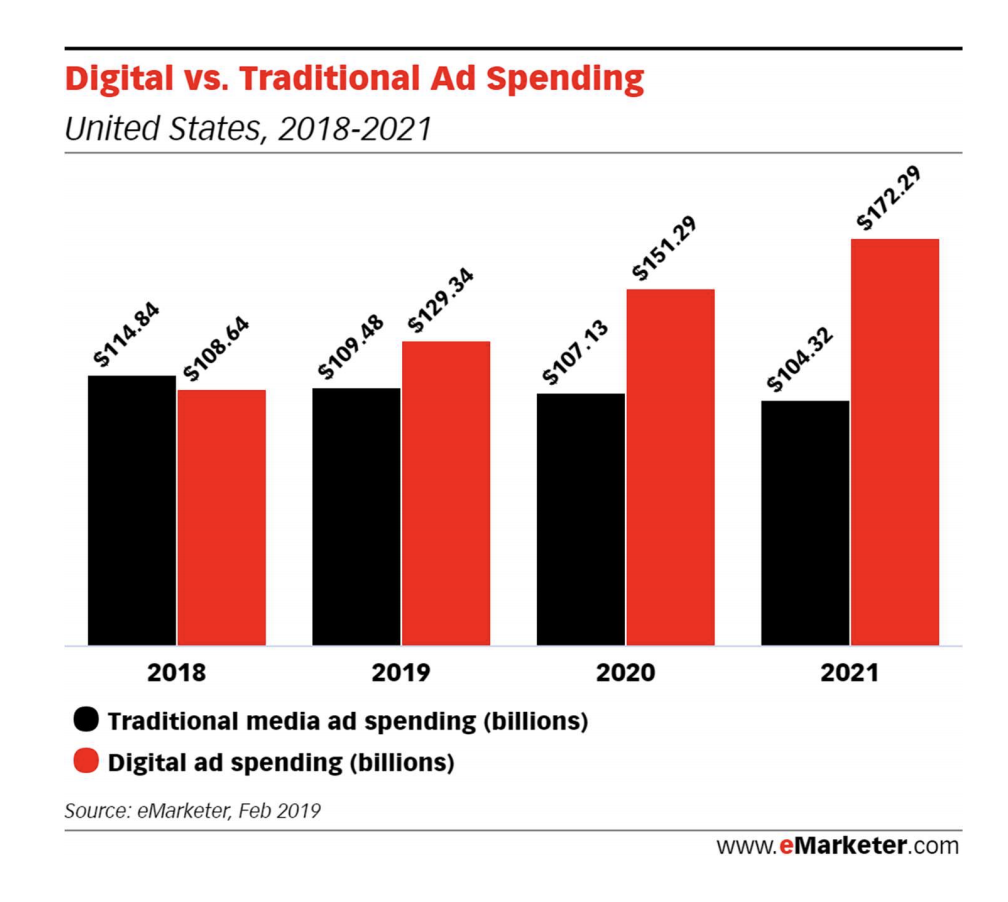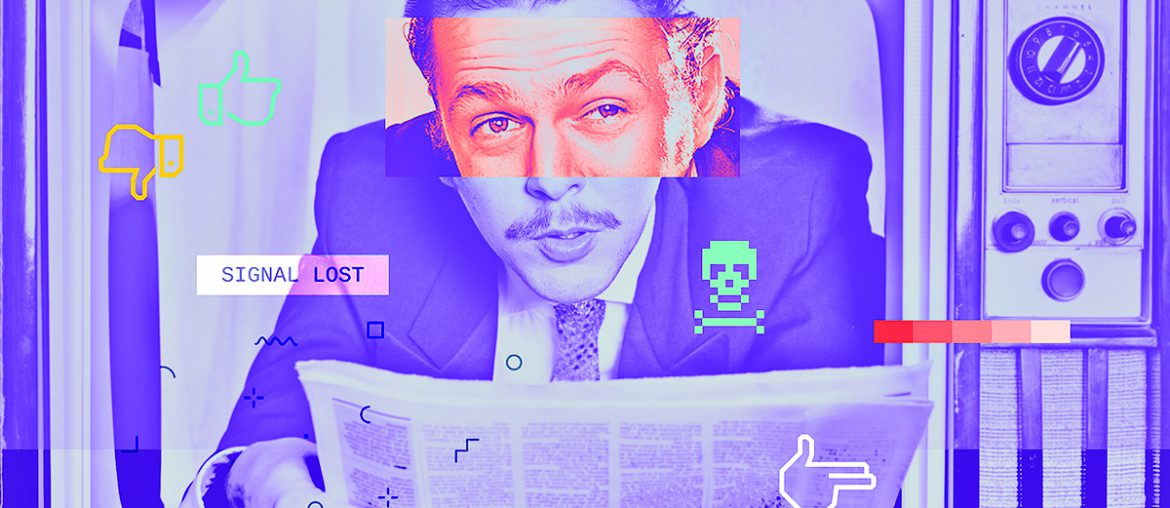The basic definition of the internet as “a network” is correct but outdated. Today, the digital universe goes beyond the traditional design of the internet. Added to the base, were several other networks to form an increasingly dense and complex digital machine.
At the beginning of the digitalization of brands and industries, the strategy was focused on ensuring a presence on the network. A bit like having a stand at a fair or opening a shop in a busy hub, a way to have your “foot in the door.”
A New Paradigm
In recent years we have witnessed a process that leaves behind many of the analogies linked to the physical world. As digital reality built its rules and defined new operating processes, it has impacted how brands and companies view the world’s digital capabilities.
The advent of large-scale social networks such as Facebook, Twitter and Instagram has reversed the “alias” and anonymity paradigm on the internet. Instead social media prompts people to take on an online presence that reflects their own identity and personality. From this point on, it became possible to trace the behavior of both individuals and social groups. In addition, technological developments, such as smartphones and the mobile internet, created an outlet for digital human interactions and relationships. This exponentially increases the amount of data provided by users through their involvement in various online networks.
Opportunities and Challenges
The Social Media phenomenon has created the need and opportunity for brands to start listening to consumers and keep up with their online public activity. What initially began as a collection of data, referred to as “social-media monitoring”, it quickly evolved into “social-media listening.” This means user data is now analyzed to help advance businesses based on the users information and interests.
We have reached a point where digital reality increasingly affects the reality of the physical world. One of the areas most affected by this phenomenon is the production of content, both informative and advertising.
There is a decline of investment in traditional advertising, such as print ads, billboards, and television ads. Advertising shifted from eminently metaphorical and heavily encoded messages to a communication paradigm where real people build factual stories around products, services, and experiences.

The Power of Influencers
The use of characters and personalities in marketing and communication is not a new concept. However, the difference in is that the hierarchy of visibility used to be from top to bottom. At the moment it is seen on the contrary, ordinary people have a lot of influence on the behavior of consumers because they identify more with a common customer.
The increase in influence became a focus of interest and quickly attracted the attention of companies, brands and advertisers. They saw this as an opportunity to utilize a new medium for the delivery of brand messages and the promotion of products.
Quickly after, the business market realized the value in influencers and ordinary people became much more recognizable and more utilized. The rise of influence marketing displays how capable the digital world is of distorting the classical boundaries of the marketing and advertising production process.
If you work with influencers to promote your brand, bare in mind that they are also the ones listening to their followers – your consumers.
Sérgio Abreu
Create Lasting Relationships
I believe that influence marketing is the logical evolution of the aforementioned process of “social-media listening”. The true power of influencers lies not only in the promotion of messages and products but in the relationship they build with their followers. Even the semantic difference is important in this case. While the audience hears and has a static behavior, followers choose to connect with other people and interact with them on a very personal level, sharing values and feelings.
Creating a lasting relationship with influencers goes beyond the logic of digital marketing, based on metrics such as CPC, CPM, likes and views. The relationship enables business to collect essential information through privileged translators, such as Primetag.
Listening to consumers allows brands that to build a close, human relationship with them. The businesses able to embrace this process will be the ones most apt to grow and seize the opportunities of a fast-changing world.




